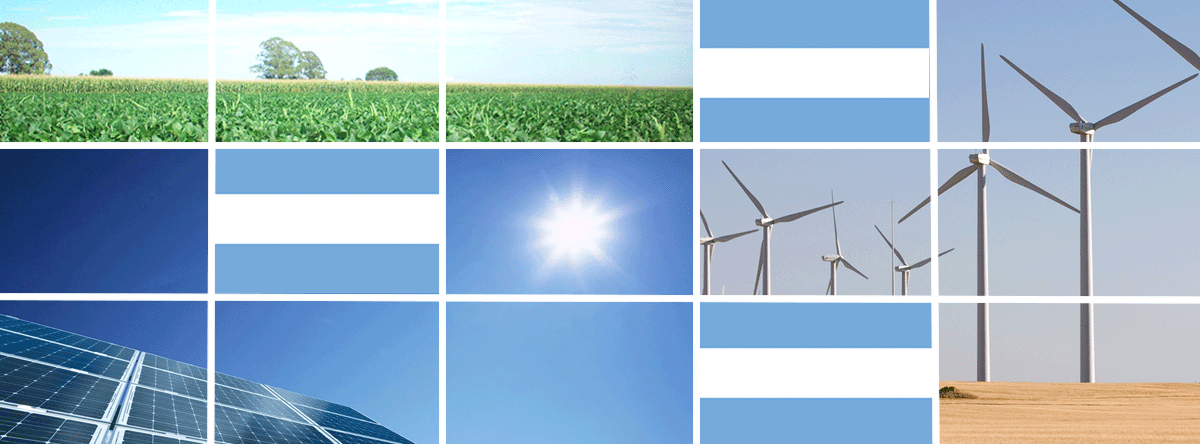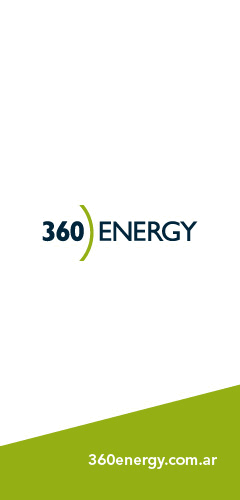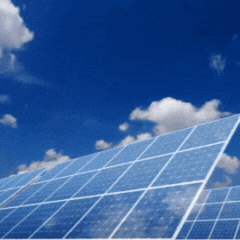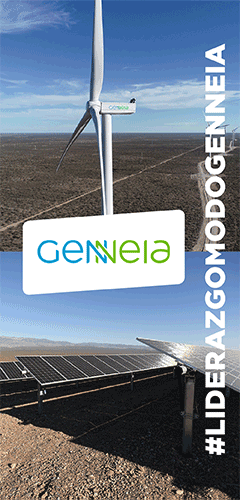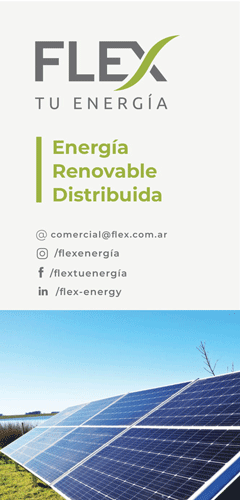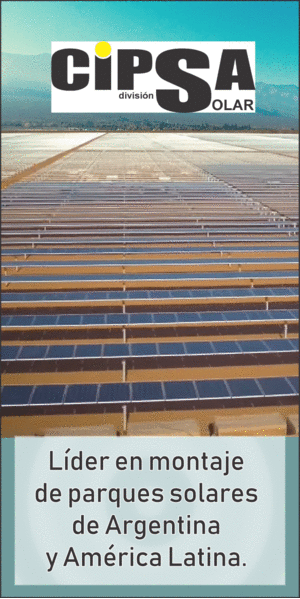#Argentina #RenewableEnergy #Shalegas #Biofuels #Biodiesel #VacaMuerta #Patagonia
Traditionally one of the most prominent oil and natural gas markets in South America, Argentina is increasingly turning towards alternative forms of energy, with the government exploring shale gas and renewable options as it looks to diversify its power market.
The shift comes amid challenges to longstanding hydrocarbons production, which has seen Argentina record export deficits in recent years.
Foot on the gas
According to the “BP Statistical Review of World Energy 2017”, natural gas accounts for 50.2 percent of Argentina’s power. Oil was second at 35.9 percent and hydro third with 9.8 percent. Other forms of energy consumption consisted of nuclear power (2.1 percent) and coal (1.2 percent), with renewables accounting for just 0.8 percent.
While the country’s energy mix has remained relatively stable in recent years, changes to the energy market have created shifts that the government is now attempting to address.
Years of protective policy relating to the hydrocarbons sector have affected the industry’s competitiveness, and have subsequently had an impact on output.
In 2016 Argentina produced an average of 619,000 barrels of oil per day (bpd), a 27 percent decrease on 2006 levels. In contrast, consumption has increased by 44 percent to 687,000 bpd.
This resulted in Argentina moving from a net exporter of crude oil to a net importer in 2008. A similar transformation occurred in gas, where annual production fell from 46.1bn cu metres in 2006 to 38.3bn a decade later.
Related: Is Russia Pushing Saudi Arabia Out Of Asia?
At present, Argentina has only 2.4bn barrels of oil in proven conventional reserves, which is expected to sustain current production rates for another 10 years.
Consumption, however, has been on a growth trajectory. Today, Argentina consumes around 49.6bn cu metres per year of natural gas, up from 41.8bn in 2006.
With both the trade balance and national budget affected as the gap between production and consumption has widened, the government of President Mauricio Macri is looking to Argentina’s shale reserves to help reverse sector trends.
Shale dreams
Chief among these is Vaca Muerta, the world’s second-largest shale formation, covering 30,000 sq metres and holding an estimated capacity of 22.8bn barrels of oil equivalent in tight oil and shale gas.
However, development of the area has stalled in recent years, with a complex regulatory framework and high labour costs cited as reasons slowing investor participation, according to Osvaldo Nunzi, president of local engineering and construction firm Electrificadora del Valle.
“While local investments are already taking place in Argentina’s energy sector, the real challenge lies in restoring trust from foreign investors in order to reach the country’s full potential,” he told OBG.
To address this issue, Macri’s administration has pushed forward with negotiations with oil and gas majors and labour associations to find solutions.
National oil company YPF, alongside Chevron, BP, Total, Shell and others, agreed in January to invest $15bn per year to develop Vaca Muerta. The agreement saw the government provide guarantees on favourable pricing structures and labour costs.
While the industry still faces challenges, new technological developments are continuing to lower production costs and improve yields. While the first quarter of 2017 saw 66 wells drilled, 24 less than the same period in 2016, unconventional gas production nevertheless rose by 26 percent.
Authorities expect the Vaca Muerta formation to supply as much as 50 percent of Argentina’s natural gas needs by 2021, and 60 percent of its oil requirements by 2020.
RenovAr
In tandem with shale exploration, Argentina is also moving ahead with renewable options.
With President Macri declaring 2017 the “year of renewable energy”, the government has rolled out a number of measures and reforms to attract investment and achieve a 20 percent renewable target by 2025.
The programme is focused on reducing greenhouse gas emissions; undercutting reliance on exported energy; and creating local jobs for project installation, manufacturing, operations and maintenance services.
In addition to the Patagonia region, whose strong, year-round winds offer significant renewable potential, the country’s desert areas provide opportunities to develop solar power, with the government expecting the segment to attract up to $20bn in investment over the next 10 years.
To facilitate investment, the government has established the RenovAr programme, designed to tender biomass, micro-hydro, solar and wind power projects sponsored by the Fund for the Development of Renewable Energy (Fondo Fiduciario para el Desarrollo de Energías Renovables, FODER).
Related: The $10 Trillion Resource North Korea Can’t Tap
Launched with an allocation of $860m, sourced from Treasury funds, public offerings, ANSES (the Argentine government-administered pension fund) and multilaterals, FODER operates as a guarantee for contractors tendering state-sponsored renewable projects.
“The government’s current and new financing mechanisms for renewables should give investors and energy companies the required tools to reach Argentina’s full potential,” Martin Genesio, CEO of power distribution company AES Argentina, told OBG.
The fund had its first round of bidding for projects in October 2016, and a second round the following November, resulting in 59 projects being awarded – 90 percent of which dealt with solar and wind power. Once completed, these should add a combined 2423 MW of capacity.
In August, the government launched a third auction for 1200 MW. Due to the high demand seen in first round, prices per MWh have been set at significantly lower rates, at a maximum of $57 per MWh for solar and $56.2 per MWh for wind. The deadline for bidding is October.
By Oxford Business Group
Source: Oil price

